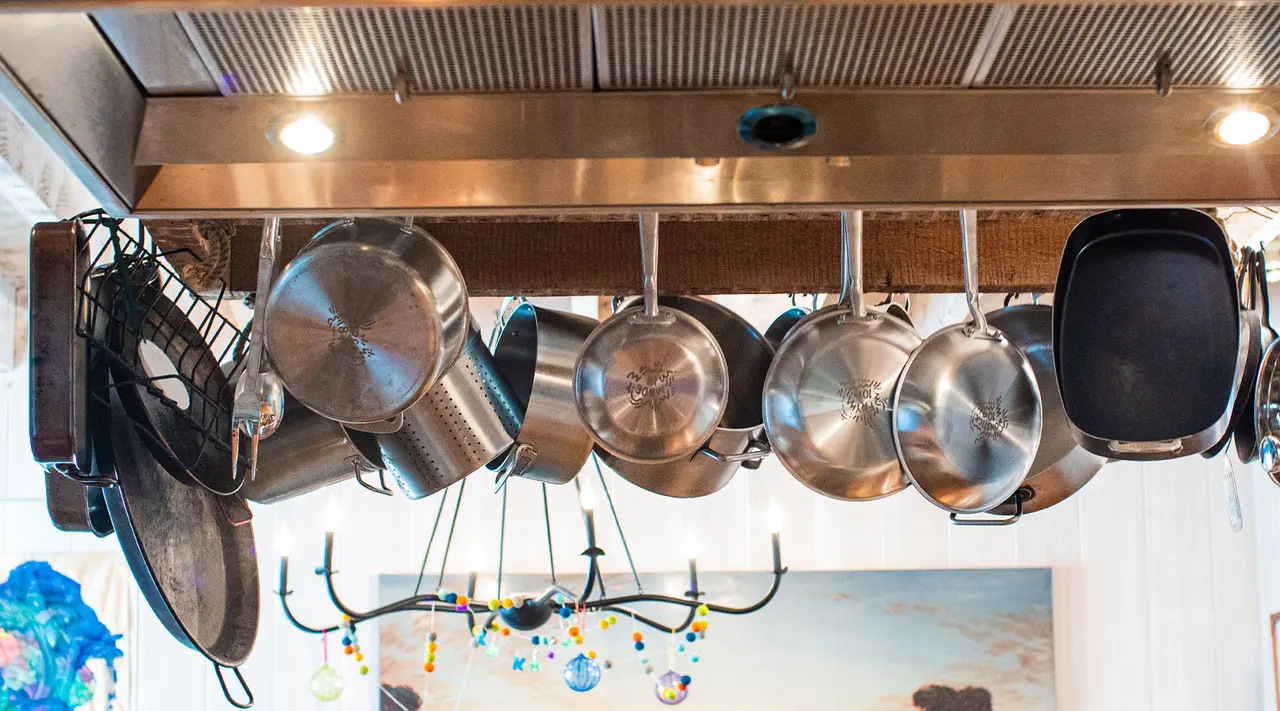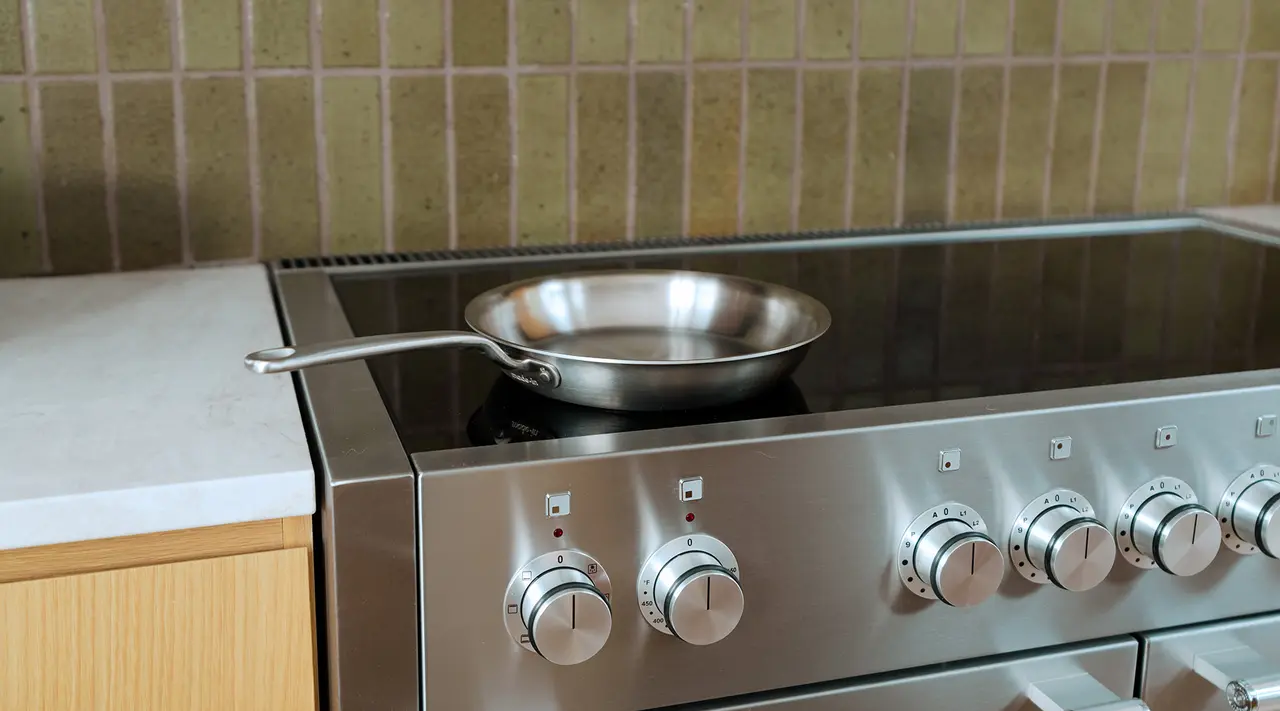To help demystify the increasingly popular induction cooktops, we’ve put together a quick guide to induction cooking. Read on to learn all about the science behind induction, which cookware is induction compatible, and the numerous health and environmental benefits of using induction stoves.
How Does Cooking on Induction Work?

When you turn on your induction stove, the coil underneath the surface of the stove interacts with compatible cookware to produce an electromagnetic field, heating your pan up almost instantly where it touches the stovetop. Because less heat is lost to the atmosphere, this makes for a more direct—and more efficient—method of heating than gas or electric.
This also means that anything placed on the burner that isn't ferromagnetic won't heat up, including lids, utensils, stray hands, and non-compatible cookware.
Benefits of Induction Cooking
Induction cooktops offer a host of advantages over gas and electric stoves. From better energy efficiency to more precise temperature control, here are some of the main benefits of cooking with induction.
Better Indoor Air Quality
Switching to an induction cooktop from gas can dramatically reduce indoor air pollution, according to a pilot program by WE ACT for Environmental Justice. The pilot found that households who switched from gas to induction stoves experienced a 35% reduction in levels of nitrogen dioxide, a gas linked to health issues including childhood asthma.
More Sustainable
Burning natural gas also emits large quantities of greenhouse gasses like CO2 and methane into the atmosphere, and is a major contributor to climate change. Since induction stoves heat more efficiently than gas or electric, they emit smaller quantities of greenhouse gasses.
Better Control
Many cooks feel that induction stovetops make for more precise heating and better responsiveness to temperature changes. This means that it won’t take as long for your cookware to heat up, and the heat remains steady while you cook.
In culinary terms, you’ll run less risk of overcooked eggs or scorched sauces, even if you walk away for a few seconds.
Safer to Use
An induction cooktop literally won’t work unless there’s an induction compatible pot or pan on it, so you won’t have to worry if you accidentally leave it turned on. There’s also less risk of burnt hands, as the cooktop itself never actually gets hot (this is particularly important if you’ve got children or pets running around!).
What Is Induction Compatible Cookware?

While an electric or gas stove will work with any kind of cookware, induction cooktops will only work if your cookware is induction compatible—i.e., made of ferromagnetic metals like cast iron, carbon steel, or stainless steel.
If you’re not sure, you can check for an “induction compatible” symbol on the bottom of your pot or pan, which looks like a coil of wire, or for the word “induction” inscribed on it. You can also check the online product page for your pot or pan.
How to Test for Induction Compatibility
To check if your pan is suited for induction cooking, grab a magnet and see whether or not it sticks to the bottom of the pot or pan. If it sticks or is repelled—any sort of interaction with the magnet is a good thing—then you’re good to go.
Non-ferromagnetic materials like copper and aluminum are not induction compatible, though some cookware—like our Stainless Clad Collection—sandwiches a non-ferromagnetic material like aluminum with a ferromagnetic metal like stainless steel in order to ensure a well-heating pan that is also induction compatible.
How to Choose Induction Cookware

When shopping for cookware for an induction range, you'll first and foremost want a material that's guaranteed to work on induction, like stainless steel, carbon steel, or enameled cast iron. From there, it's really up to your preferences as far as shape, color, and style of cookware.
One thing we recommend avoiding is cookware with a pasted-on induction bottom. While this technically makes the pan induction-compatible, it also means the induction compatibility doesn't go all the way around the pan—it's isolated to just where the bottom is, meaning any food being cooked off to the side will remain uncooked.
To compare, our 5-Ply Stainless Clad Pans are not only induction-compatible, but are optimized for induction. With a completely induction-compatible build, heat is conducted through the entire pan and up the walls every time you cook.
Ready to Shop?
Now that we’ve demystified induction cooking for you and explained what induction compatible cookware actually is, we’ve got a few recommendations for outfitting your kitchen.
Our Stainless Clad, Carbon Steel, Cast Iron, and Non Stick pots and pans are all completely compatible with—and optimized for—induction stovetops.






























